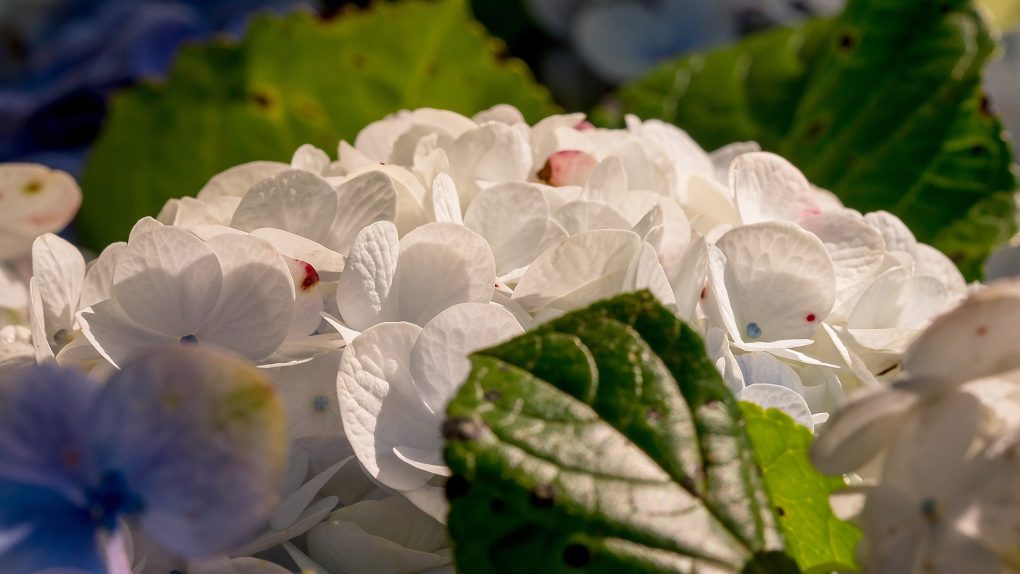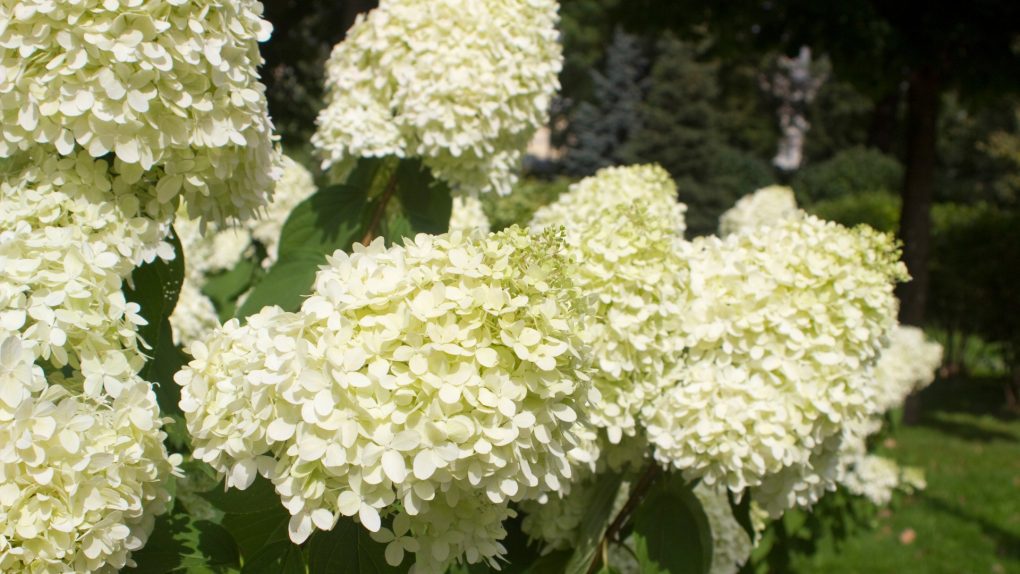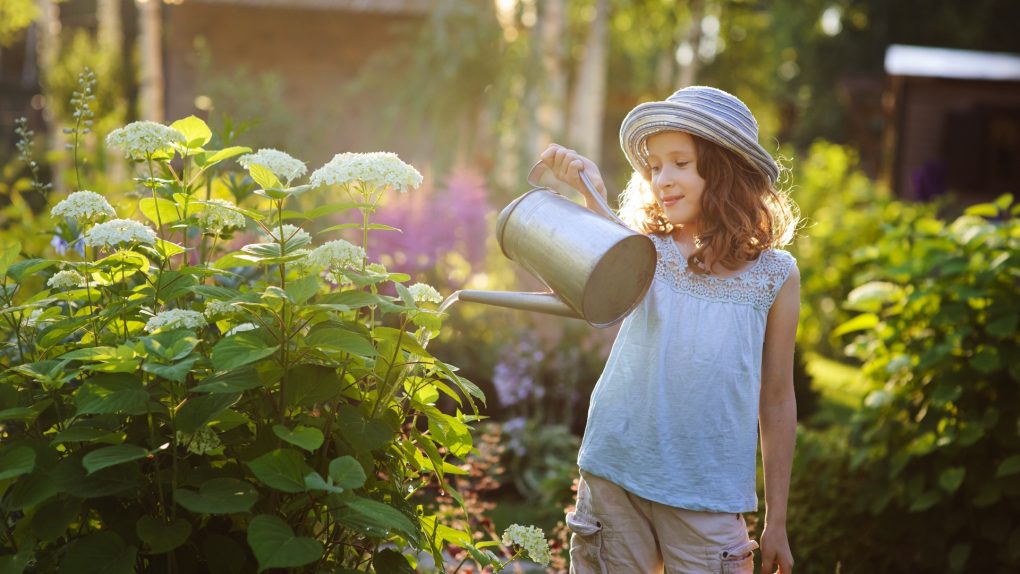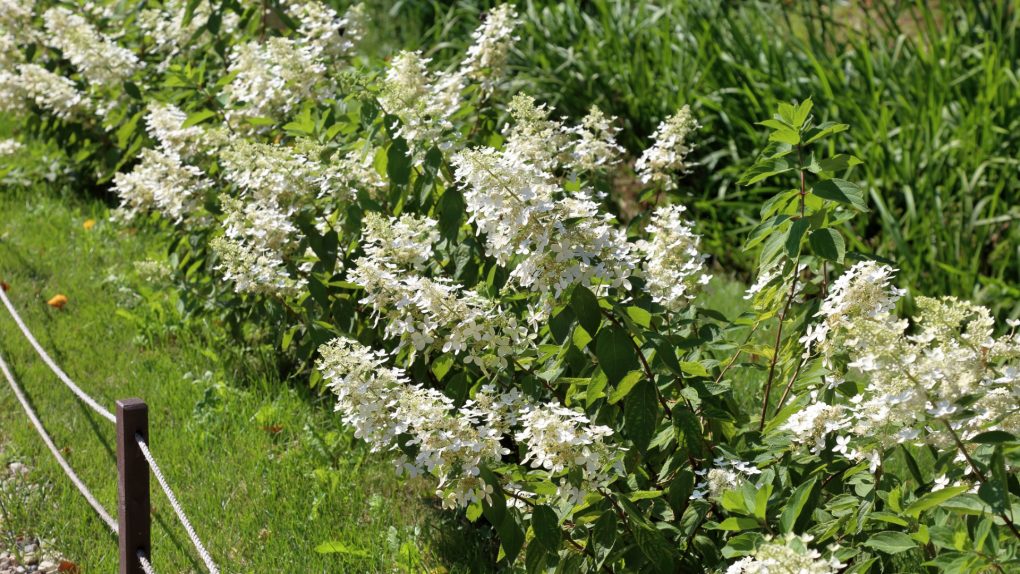Can Paniculata Hydrangea Thrive in Full Sun?
Paniculata Hydrangea (Hydrangea paniculata) can thrive in full sun. This species of hydrangea is more sun-tolerant compared to other types such as Macrophylla or Serrata. Paniculata hydrangeas prefer at least 6 hours of direct sun exposure daily and will bloom more profusely under these conditions.

However, it’s important to note that they can still struggle in areas with intense afternoon sun or extreme heat. To ensure optimal growth, plant them in an area that provides some afternoon shade, particularly in hotter climates. Additionally, a well-draining soil and regular watering will help maintain the health and vigor of Paniculata Hydrangea in sunnier locations.
Table of Contents
Factors Affecting Growth in Full Sun
1. Soil Quality: Well-draining soil, rich in organic matter, is preferred. Regular watering is necessary to keep the soil moist. Dry soil can lead to wilting and sunburn.
2. Climate: Paniculata hydrangea thrives in cooler climates with full sun exposure. In hot and humid regions, it may struggle. Providing shade during the hottest part of the day or choosing a location with morning sun and afternoon shade is recommended in such areas.
Light Requirements
Paniculata hydrangeas are adaptable to various light conditions, but the amount of sun or shade they receive affects their growth, flowering, and overall health. So let’s explore their light requirements and how to provide optimal conditions for their growth.
Full Sun
Paniculata hydrangeas can tolerate full sun but require some protection during the hottest part of the day. In areas with intense sunlight, providing shade during midday prevents leaf scorching. These hydrangeas need at least four hours of direct sunlight for robust stems and abundant flowers. They tend to have smaller leaves and more compact growth in full sun.
Planting Tips for Full Sun:
● Prepare well-draining, fertile soil rich in organic matter.
● Ensure proper soil moisture by mulching the base of the plant.
● Apply a layer of mulch to retain moisture and regulate soil temperature.

Partial Shade
Paniculata hydrangeas also thrive in partial shade and often perform better in such conditions. In partial shade, they have larger leaves, more open growth habits, and produce larger flowers with intense colors.
Planting Tips for Partial Shade:
● Choose a site with at least four hours of direct sunlight daily.
● Ensure well-draining soil that retains moisture.
● Maintain soil moisture during hot, dry weather with mulch.
Soil Requirements
Paniculata hydrangeas are relatively easy to grow and maintain, but providing them with the right soil conditions is crucial. Here are specific soil requirements for these plants.
Well-Draining Soil
The plant requires well-draining soil to prevent root damage from waterlogged conditions. Add organic matter like compost or peat moss to improve soil structure, facilitating effective drainage.
Moist Soil
While paniculata hydrangeas prefer well-draining soil, they require consistently moist conditions. Regular watering is necessary to maintain healthy growth. During hot weather, additional watering may be required. You should avoid overwatering as it can lead to root rot.
Watering Requirements
Paniculata hydrangeas are relatively low maintenance but have specific watering needs. Regular watering during the growing season is necessary, especially in hot and dry weather, but they are also drought tolerant.

Regular Watering
Water deeply to ensure the water reaches the roots. Shallow watering leads to weak plants with shallow root growth. If possible, aim for 1-2 inches of rainfall or irrigation per week.
Drought Tolerance
Keeping plants moist by mulching their bases prevents evaporation. Organic mulches, like shredded bark or compost, are ideal. Apply a 2-3 inch layer of mulch, avoiding direct contact with the stems. Deep watering before a drought helps the plants survive, but avoid overwatering to prevent root rot.
Temperature Requirements
Paniculata hydrangeas can tolerate full sun but have specific temperature requirements for optimal growth.
Hardiness Zones
Paniculata hydrangeas are hardy in USDA zones 3-9. They can withstand temperatures as low as -40°F (-40°C) in zone 3 and as high as 20°F (-6°C) in zone 9.
Heat Tolerance
While paniculata hydrangeas can handle heat, they prefer cooler temperatures. In hot climates, it’s best to plant them in a location with partial sun in the morning and shade in the afternoon. This helps prevent blooms from drying out in the intense sun.
When temperatures rise above 90°F (32°C), paniculata hydrangeas may wilt and stop blooming, but they will recover once the temperature cools.
To help the plant cope with heat, ensure the soil remains moist during hot weather. Paniculata hydrangeas in full sun on scorching days may require daily watering, but if there’s cloud cover and cooler temperatures, watering every two or three days may suffice.

Maintenance
Panicle hydrangeas are generally low maintenance, but a few practices can keep them healthy and promote beautiful blooms.
Pruning
Late winter or early spring is the best time to prune panicle hydrangeas. Remove dead or damaged branches and thin out dense areas for improved air circulation and sunlight penetration. Use clean, sharp tools and make clean cuts just above a healthy bud or branch. Avoid pruning over one-third of the plant’s total growth in a year to prevent stress and reduce flower production.
Fertilizing
Panicle hydrangeas don’t require much fertilization. In early spring, a light application of organic granular fertilizer can promote healthy growth and abundant blooms. Follow the manufacturer’s instructions for application and methods. You should avoid overfertilizing your plants so they do not develop excessive foliage.
Pest and Disease Control
Panicle hydrangeas generally resist pests and diseases, but occasional issues like aphids, mites, and powdery mildew can occur. Maintain good plant hygiene by removing fallen leaves or debris from the base and avoid overhead watering, which promotes fungal growth.
If pests or disease signs are present, treat the plant with appropriate insecticide or fungicide following the manufacturer’s instructions. Choose products labeled for use on hydrangeas and follow safety precautions, including wearing gloves and protective clothing.
